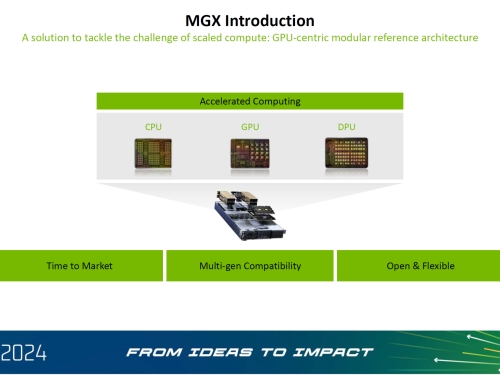
2021 is the year of Linux on Mars
Perseverance, sometime it will be the year of the desktop on Earth
When NASA's Perseverance rover landed on Mars this week, it also brought the Linux operating system to the Red Planet.
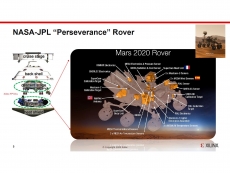
Mars Rover Perseverance runs Xilinx
2020 Rover has computer vision and 18X faster performance
Earlier in May 2020, we had a chance to chat with Minal Sawant, Space System Architect at Xilinx, and learned a lot about the top-notch 20 nm Space-Grade Radiation Tolerant (RT) Kintex UltraScale XQRKU060FPGA. Mars Rover Perseverance has just launched onboard on an Atlas V-541, and it is a crucial part of the Mars 2020 mission.
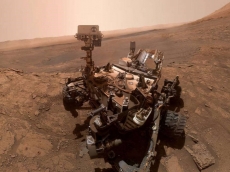
Software error stops curiosity
Stuck but still talking
NASA reports that Curiosity has suffered a system failure that left the robot unaware of its position and attitude on the red planet – much like Fudzilla readers on a Friday morning.

SpaceX announces ITS missions to colonize Mars within 50 years
Rocket will stand 400 feet high, taller than NASA’s Saturn V
During a conference in Mexico on Tuesday at the International Astronautical Congress, SpaceX CEO Elon Musk unveiled the company’s plan to deploy human spaceflights to Mars using a proprietary transportation system capable of carrying at least 100 passengers per flight.
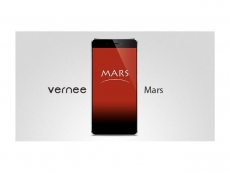
Vernee Mars announces Helio P20 phone
November, 6GB RAM
It looks like MediaTek wants to get on board with 6GB RAM phones and the Helio P20 platform may well be the first one to support it.
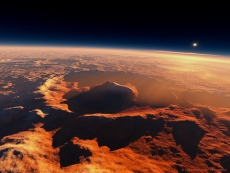
NASA reschedules Mars InSight mission to May 2018
New geophysical data should make existing data 3 to 10 times more accurate
NASA’s mission to study the deep interior of the Red Planet has been rescheduled to a new 2018 launch timeframe, according to a recent news release from the Jet Propulsion Laboratory at the California Institute of Technology.
Caltech’s Jet Propulsion Laboratory (JPL) in Pasadena, California is the current active site of NASA’s Mars projects, including the $2.5 billion Mars Science Laboratory mission (November 2011 – present), the $14 million per-year “Opportunity” rover (July 2003 – present), and the $720 million Mars Reconnaissance Orbiter (August 2005 – present).
InSight, also known as Interior Exploration using Seismic Investigations, Geodesy and Heat Transport, is a $425 million NASA Discovery Program mission that will place a stationary lander on the surface of Mars to study its early terrestrial formation. The lander will be equipped with a seismometer and a heat transfer probe to measure the planet’s “vital signs” – more specifically, its “pulse” (seismology), “temperature” (heat flow probe), and “reflexes” (precision tracking).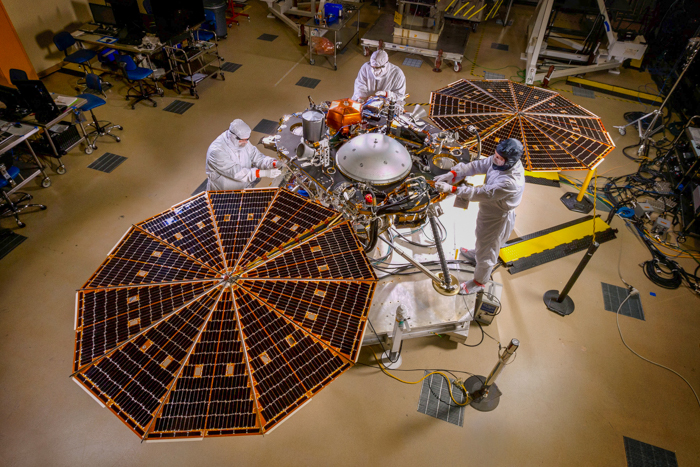
NASA began construction on the InSight lander on May 19, 2014, with general testing starting on May 27, 2015.
The mission was originally known as GEMS (Geophysical Monitoring Station), but underwent a name change in 2012 at the request of the agency.
"The science goals of InSight are compelling, and the NASA and CNES plans to overcome the technical challenges are sound," said John Grunsfeld, associate administrator for NASA's Science Mission Directorate in Washington. "The quest to understand the interior of Mars has been a longstanding goal of planetary scientists for decades. We're excited to be back on the path for a launch, now in 2018."
The original InSight Mars launch window was scheduled between March 4 and March 30, 2016. Now, the agency is targeting a new launch window that begins May 5, 2018 with a Mars landing scheduled for November 26, 2018. The mission’s secondary objective is to conduct an in-depth study of geophysics, tectonic activity, and the effects of Martian meteorite impacts. These findings will aid scientists in learning how such processes on Earth could occur in real-world situations.
Overall, the data collected from crust thickness, mantle velocity, core radius, core density, and seismic activity will increase data accuracy by at least three to ten times their current accuracy values.
Asus announces new ROG Ares II graphics card

CES 2013: Two HD 7970 GHz Edition GPUs and water cooling
Free Mars Rover landing game coming

NASA & Microsoft team up for release




